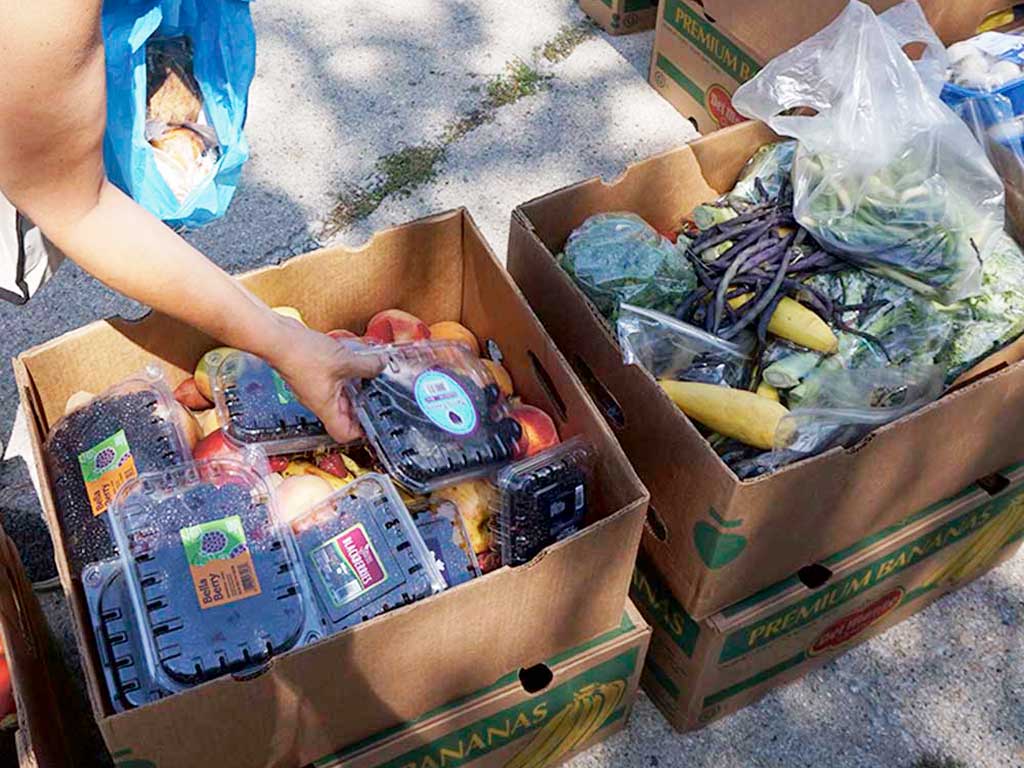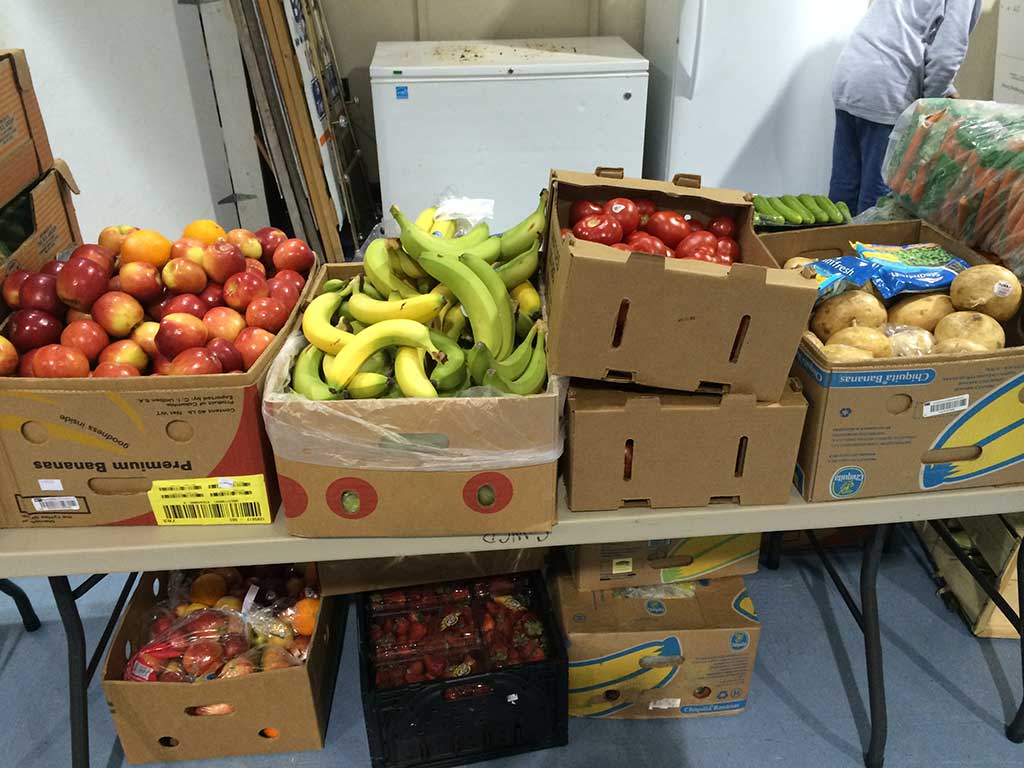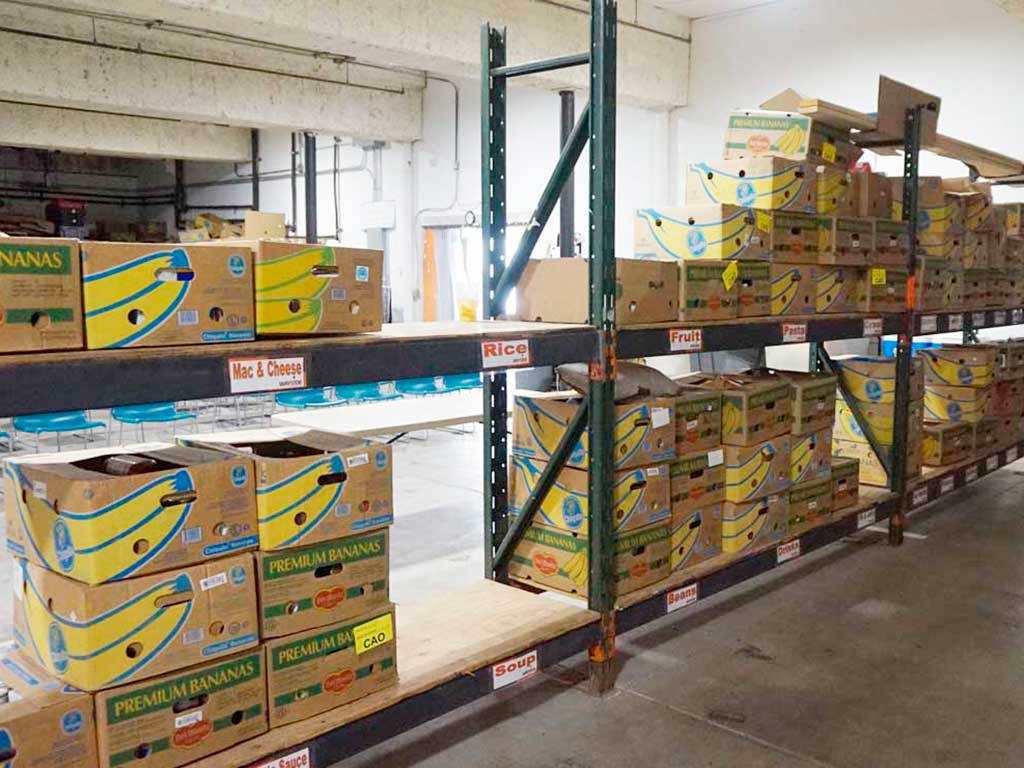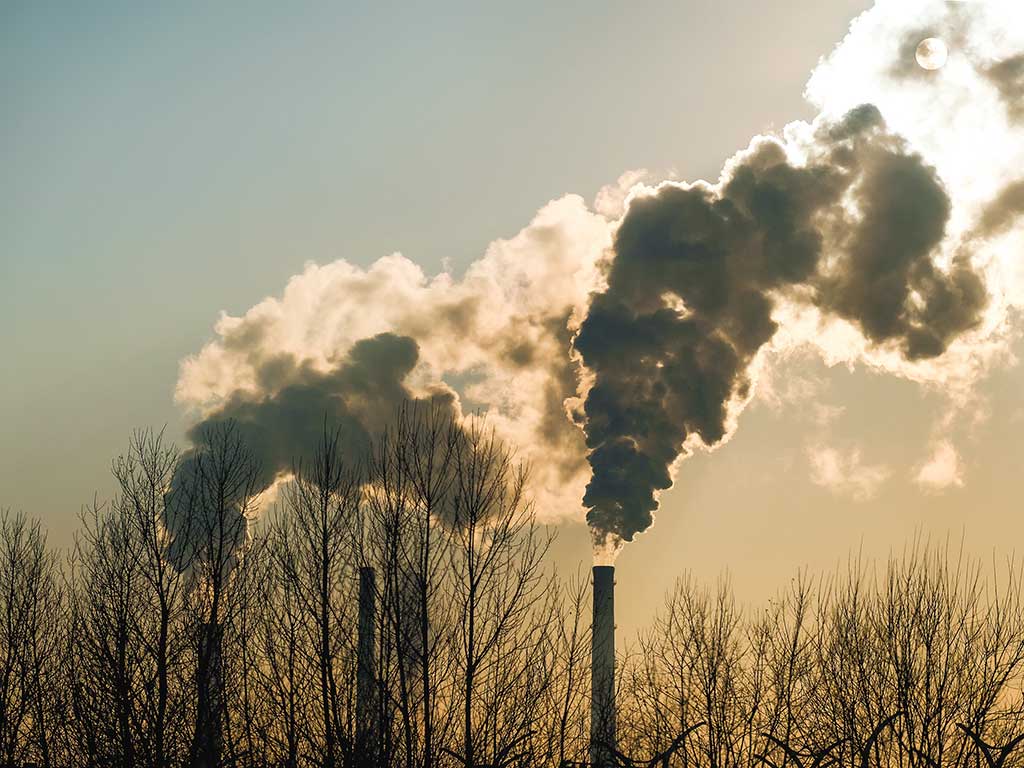
New Hunger Data Reveals Mixed Results for Maine
By Tony Zeli
The US Department of Agriculture (USDA) released new hunger data in the 2020 US Household Food Security report. The news for Maine is mixed. Overall, there are fewer food insecure people in Maine, but the number is high and extreme food insecurity is persistent.
The USDA considers social and economic factors in determining how food secure a household is. Hunger is real, but it is not a statistic that the government has tracked since 2006. The food security status of each household lies somewhere along a range from high to very low food security.
- High food security households have no problems accessing food.
- Marginal food security households have problems at times or anxiety about accessing adequate food, but do not reduce the quality and variety of their food.
- Low food security households do reduce the quality and variety of their diets, but do not experience a disruption in the amount of food or their normal eating patterns.
- Very low food security households experience disrupted eating patterns and less food due to a lack of resources.
USDA describes households with high or marginal food security as food secure. Households with low or very low food security are defined as food insecure.
Food Insecurity in Maine

A small sampling of the fresh fruit and vegetables and seemingly countless numbers of eggs distributed at a single lakes region food pantry event. 
In Maine, the overall food insecurity rate has dipped from 14.4 percent in the 2015-17 average to 11.4 percent in 2018-2020. This is great news, but Maine is still doing worse than the national average. The US food insecurity rate is 10.7 percent. In other words, millions of American households experience issues accessing quality food in great enough amounts.
Also from the report, Maine ranks fifth in the nation for very low food security rates at 5.5 percent. As such, more than 31,000 Maine households fall into this concerning category.
Further, Kristen Miale, president of Good Shepherd Food Bank warns that the overall improved numbers for Maine may not tell the whole story. “The USDA data isn’t exactly congruent with what we’re seeing on the ground. Our network of five hundred partners increased its meal distribution by 16 percent during our last fiscal year, so the demand is clearly there,” Miale says.
The USDA report also shows national food insecurity rates improved for some sub-populations while worsening for others. In particular, Black and Latino households had higher-than-average rates of food insecurity, as did households with children. “While the new data does not specify how Maine’s food insecurity rates differ across racial and other demographic lines, we know that Black, Indigenous, and other communities of color experienced significant growth in need over the past year,” says Miale.
Pandemic Aid Helps Many

The new hunger data from the USDA indicates that emergency pandemic aid helped. Expansions to the Supplemental Nutrition Assistance Program (SNAP) and school nutrition programming helped avoid worse rates of food insecurity. Indeed, the global numbers for last year are staggering. It’s estimated that between 720 and 811 million people in the world faced hunger in 2020.
“Hunger and malnutrition rates have been on the rise for years, and the pandemic has significantly exacerbated this problem here in the U.S. and around the world,” says Congresswoman Chellie Pingree, who introduced a resolution to designate October 16th as World Food Day.
“Food security is a human right, and we must fight to increase access to healthy food, reduce food waste, and acknowledge the scale of the problem,” says Pingree.
Tony Zeli is publisher and editor. Contact him at thewestendnews@gmail.com.




